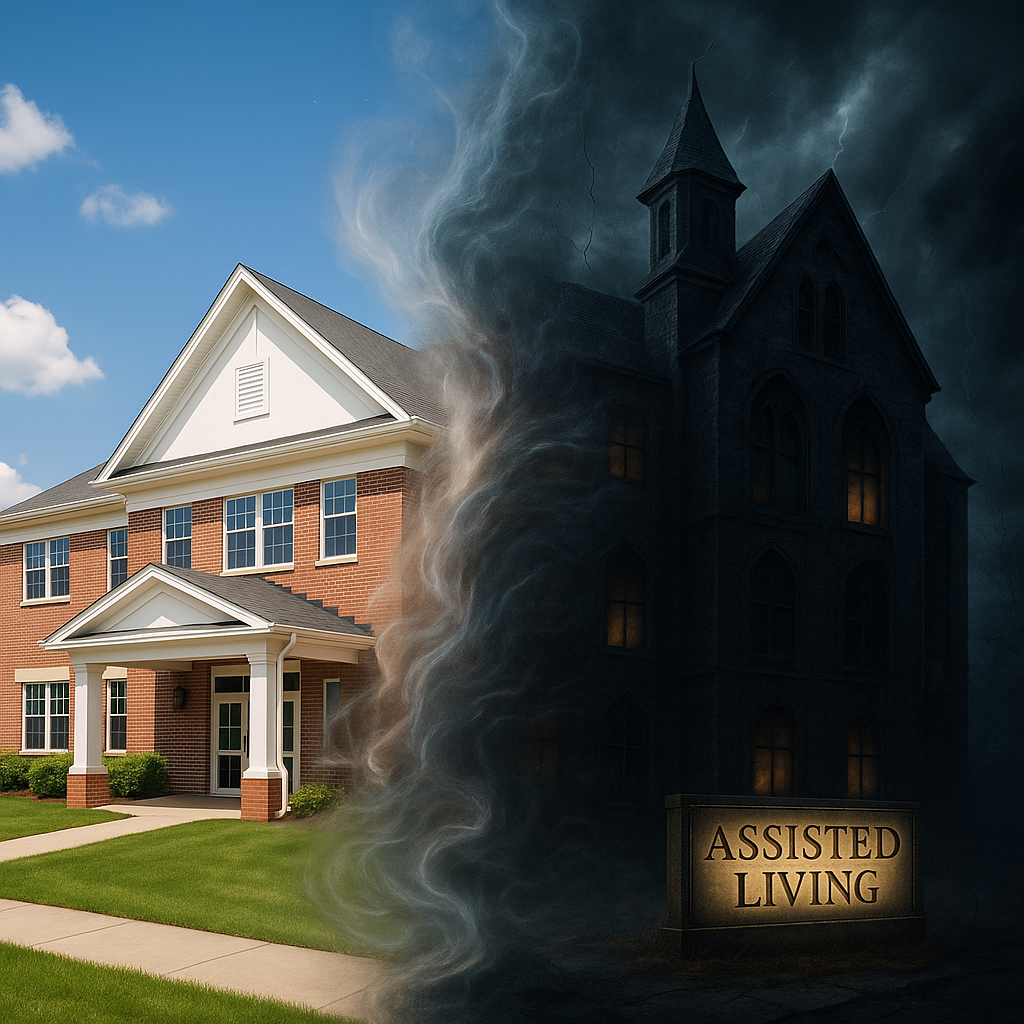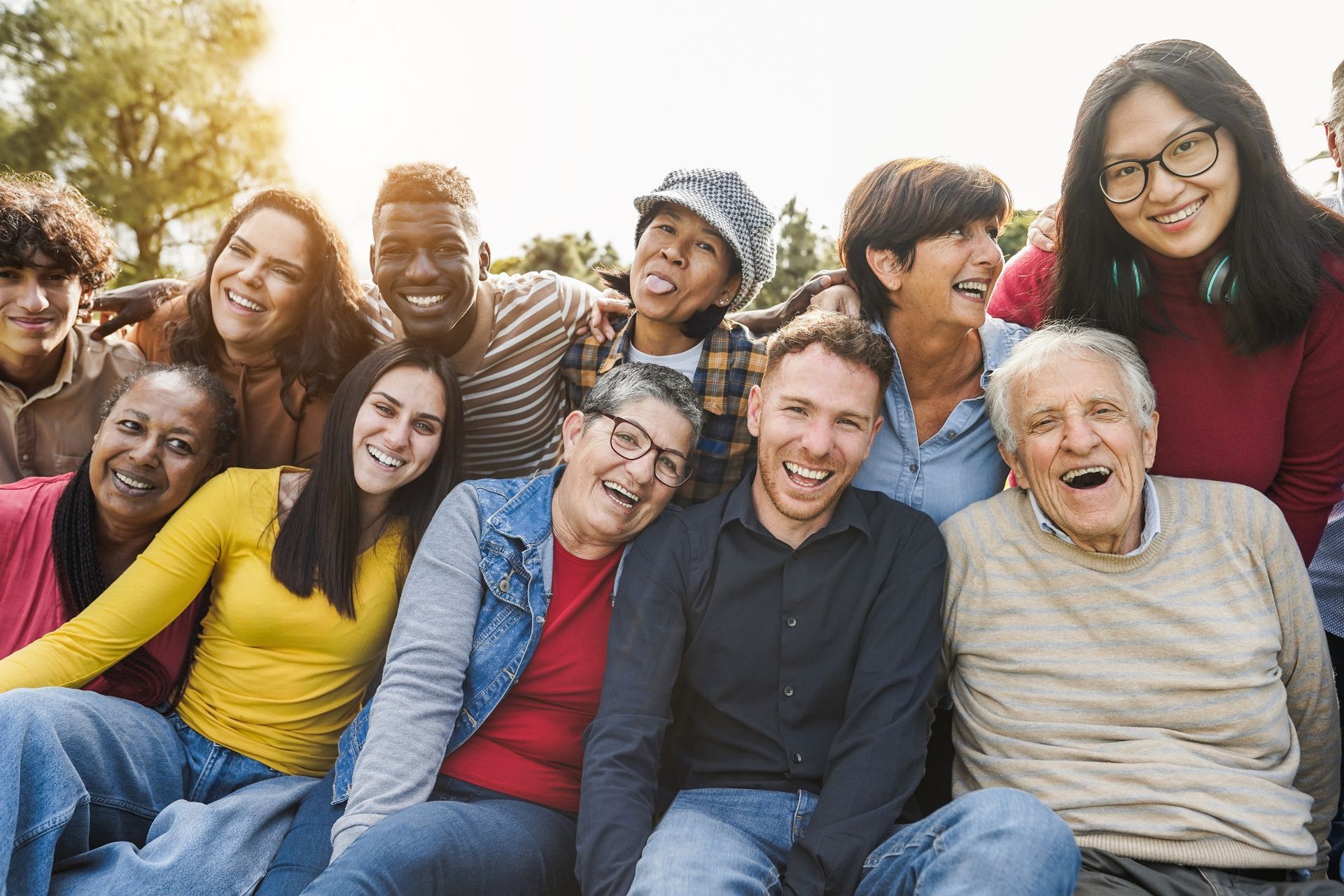BLOG
How to Manage Legal Affairs for Someone With Dementia
Caring for a loved one with dementia can be emotionally and mentally challenging. Among the many responsibilities, managing their legal affairs is crucial to ensure their well-being and protect their rights.
Family members provide the majority of care for individuals with dementia. In 2023, unpaid caregivers in the United States provided an estimated
18.4 billion hours of care for people with Alzheimer’s and other dementias, valued at nearly $350 billion - a substantial caregiving burden that clearly underscores the need for support systems for caregivers. This guide aims to provide practical steps to help you navigate the legal landscape effectively.
Understanding Dementia and Legal Capacity
Dementia is a progressive condition that affects cognitive functions, including memory, reasoning, and judgment. As the disease advances, individuals may lose the ability to make informed decisions. Legal capacity refers to the ability to understand and make decisions about one's affairs; recognizing when your loved one can no longer handle their legal matters is the first step in managing their affairs.
Steps to Manage Legal Affairs
Early Planning
Early intervention is key. Encourage your loved one to express their wishes and make legal arrangements while they still have the capacity to do so. This proactive approach ensures that their preferences are honored.
Power of Attorney
A Power of Attorney (POA) is a legal document that grants you (or another trusted individual) the authority to make decisions on behalf of your loved one. There are different types of POAs:
- General POA: Provides broad powers over financial and legal matters
- Durable POA: Remains effective even if the person becomes incapacitated
- Healthcare POA: Grants authority to make medical decisions
Consult with an attorney to determine the best type of POA for your situation.
Guardianship and Conservatorship
If your loved one has not designated a POA and is no longer capable of making decisions, you may need to seek guardianship or conservatorship through the court. Guardianship grants you authority over personal and medical decisions, while conservatorship pertains to financial matters. This legal process can be complex and may require legal representation.
Advance Directives
Advance directives include a Living Will and a Healthcare Proxy. A Living Will outlines your loved one's preferences for medical treatment in case they become unable to communicate their wishes. A Healthcare Proxy designates someone to make medical decisions on their behalf. These documents ensure that your loved one's healthcare preferences are respected.
Estate Planning

Photo by Melinda Gimpel on Unsplash
Review and update your loved one's
estate planning documents, including their will, trusts, and beneficiary designations. Ensure that these documents reflect their current wishes and provide for their needs and the needs of their dependents.
Financial Management
Managing finances for someone with dementia involves:
- Bank accounts: Ensure that accounts are properly titled and consider setting up joint accounts or adding your name for easier management
- Bills and expenses: Set up automatic bill payments to avoid missed payments and late fees
- Insurance: Review and update insurance policies, including health,
long-term care, and life insurance
Legal Protection Against Exploitation
Individuals with dementia are vulnerable to financial exploitation and scams. Implement safeguards such as:
- Monitoring accounts: Regularly review bank and credit card statements for unauthorized transactions
- Limiting access: Restrict access to financial accounts and sensitive information
- Educating: Educate your loved one about common scams and encourage them to consult you before making financial decisions
Legal Counsel
Working with an attorney who specializes in elder law can provide invaluable guidance. They can help with drafting and updating legal documents, navigating the guardianship process, and protecting your loved one's rights.
Managing Digital Assets for Someone with Dementia
As we navigate an increasingly digital world, the management of digital assets becomes a crucial aspect of handling legal affairs for someone with dementia. Digital assets encompass a wide range of online accounts and properties, including social media profiles, online banking accounts, email accounts, and digital libraries or subscriptions.
Importance of Managing Digital Assets
- Access and control: As dementia progresses, the cognitive abilities required to manage online activities can significantly diminish. Ensuring that caregivers have access and control over these digital assets can prevent financial losses and protect against identity theft.
- Continuity and presence: Social media accounts and email are often used for more than just communication - they serve as platforms for personal expression and connections. Managing these accounts helps maintain a semblance of presence and continuity, which is important for friends and relatives who may not be aware of the individual's condition.
- Financial security: Online banking and investment accounts are particularly sensitive as they can be targets for financial exploitation. Proper management ensures that finances are handled correctly and securely, reducing the risk of unauthorized access and fraud.
Steps to Manage Digital Assets

Photo by Nick Morrison on Unsplash
- Inventory of digital assets: Compile a comprehensive list of all digital assets, including usernames, passwords, and the purpose of each account. This inventory should be kept secure but accessible to those who need it.
- Legal authorization: Ensure that legal documents, such as a Power of Attorney, specifically address the authority to manage digital assets. Some platforms have specific requirements or forms for granting access to digital accounts, so it's important to check with each service provider. Websites like Justicedirect.com can be invaluable in this process, offering resources and assistance in drafting and securing the necessary legal documents to ensure you have the legal right to manage these digital assets effectively.
- Secure and update accounts: Regularly update passwords and security settings on digital accounts. Consider setting up two-factor authentication where possible to add an extra layer of security.
- Decide on the future of accounts: Make decisions about what should happen to these digital assets in the long term. For instance, some social media platforms allow you to 'memorialize' a profile after the owner's passing, while others might be better off deactivated.
- Digital legacy services: Some services specialize in digital estate planning, where you can arrange for the handling of your digital assets after your incapacity or death. These services can ensure that your digital life is managed according to your wishes.
Managing digital assets requires navigating privacy laws and service agreements, which can vary significantly between platforms. It’s important for caregivers to work with legal professionals who have expertise in digital asset management within the context of elder law.
Careful Planning with Compassion
Managing the legal affairs of someone with dementia requires careful planning, legal knowledge, and compassion. By taking proactive steps, you can ensure that your loved one's wishes are honored, their rights are protected, and their financial and medical needs are met. Seek professional legal advice to navigate this complex process and provide the best care for your loved one.















